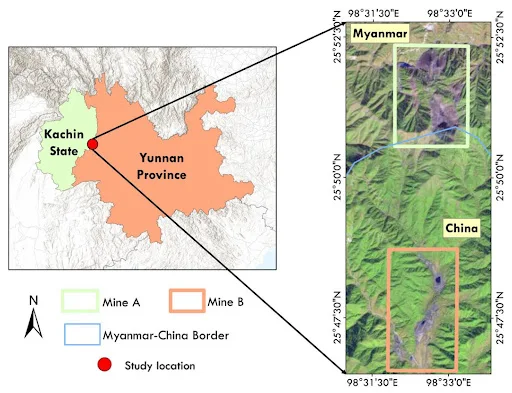But here's the question: When did we start to prioritize human values over money, profit, and policies ?Diameter
Battles – Past and Present
n the past, battles were fought with blood, iron, and landmines.War
Now the wars are going on quietly .
- Unprecedented financial shocks
- Hidden obstacles in policies
- Markets and short-term gains
The battle is no longer on the battlefield, but in offices, accounts, controls, and inequities like landmines.It is in
Loss of life – no longer the same as combat deaths
- High-speed unsolvable debts
- Job losses and broken families
- Many divisions within the company due to profiteering
- Situations where the economy uses short-term factory workers and releases them
In the past, battles were fought for land and people..There are battles over currency rates and market controls .
Have we really progressed equally?
ToIs it just a change from one fighting style to another?
Has the economy become inhumanly dependent
?Is it just a mathematical calculation of human evolution on the path to extinction?
History will not forget us.
History does not record GDP, financial markets, or trade policies .
ToWe will record each other's actions.။
Have we truly progressed happily?
OrAre they rejecting losses for their own sake and entering a new battle?
Debts can be extended, but
Human relationships cannot be replaced with money.
History cannot cut off our energy, but
We will silently record the inhumane losses.



.jpg)
.jpg)
.jpg)

.jpg)
.jpg)
.jpg)
.jpg)
.jpg)
.jpg)
.jpg)
.jpg)
.jpg)
.jpg)











.jpeg)



